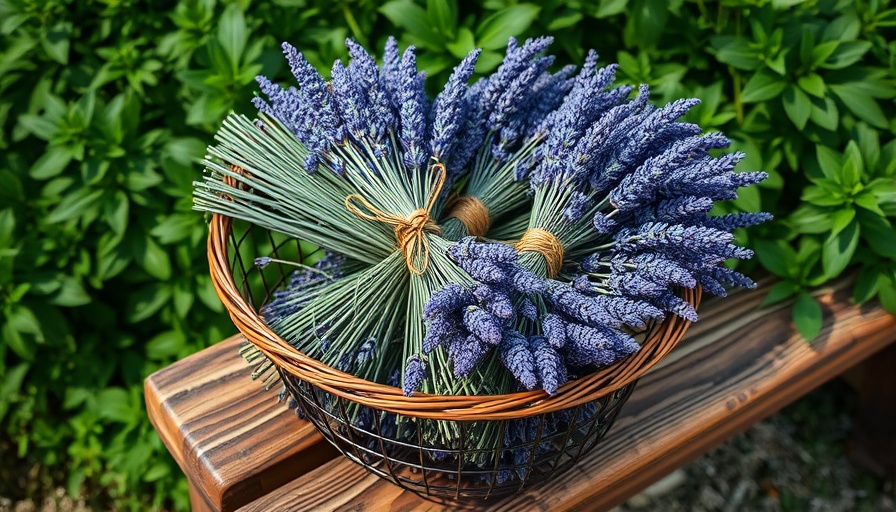
Embracing the Benefits of Lavender: More Than Just a Pretty Plant
Lavender is not merely an ornamental plant, but a multifaceted herb that offers various therapeutic and practical benefits. Known for its enchanting perfume and vibrant purple hues, lavender captivates gardeners and herbal enthusiasts alike. Its essential oil is often utilized in aromatherapy to promote relaxation and tranquility, making it a go-to remedy for stress relief. This fragrant plant is also renowned for its ability to attract pollinators like bees and butterflies, contributing significantly to local biodiversity. In a world increasingly aware of the importance of ecosystem balance, cultivating a lavender garden can be both pleasing to the senses and beneficial to the environment.
Timing is Everything: When to Harvest Lavender for Optimal Results
Knowing how to harvest lavender at the right moment is crucial for ensuring a high-quality yield. The best time to pick this fragrant herb is when the flower buds have formed, but haven’t yet bloomed. Buds that are still tight typically maintain their color and fragrance longer, making them ideal for various applications. For those looking to maximize their lavender endeavors, observing this simple rule can lead to a more rewarding harvest.
Mastering the Art of Harvesting and Pruning Lavender
Harvesting lavender involves more than just gathering flowers; it also requires a gentle approach to pruning for long-term health and vigor of the plant. It’s essential to use sharp bypass pruners and leave at least two sets of green leaves on the stems to facilitate regrowth. Unbeknownst to many, a well-pruned lavender plant can thrive for years, ensuring both beauty and functionality in your garden. This simple practice embodies the essence of garden maintenance, collapsing the gap between aesthetics and sustainability in your outdoor space.
Unleashing Creativity: 24 Ways to Utilize Harvested Lavender
Once harvested, the possibilities for lavender expand exponentially, culminating in countless DIY projects that enrich our lives. From crafting aromatic sachets and bath salts to creating culinary delights like lavender-infused honey or calming tea blends, the herb is as versatile as it is lovely. Its robust flavor and fragrance lend themselves beautifully to both sweet and savory dishes, making it a perennial favorite in the kitchen. For the craft lovers, lavender can be integrated into homemade soaps, candles, and even beauty products, showcasing its multifaceted allure.
The Benefits of Dried Lavender: An Aromatic Experience
One of the remarkable aspects of lavender is its ability to retain potent aroma and benefits, even when dried. Properly drying lavender not only preserves its delightful scent but also extends its usability throughout the year. Dried lavender is perfect for enhancing the ambiance of any space, whether tucked into a drawer or used as part of potpourri. Its calming properties make dried lavender an excellent addition to relaxation rituals, such as during a bath or meditation practice.
Lavender: A Beacon in Sustainable Gardening
By cultivating lavender, not only do you beautify your garden, but you also encourage a sustainable ecosystem. As more gardeners shift towards organic practices, lavender's natural resistance to pests and diseases allows it to thrive with minimal intervention. This resilience serves as an excellent role model for aspiring organic gardeners, illustrating the diverse opportunities within sustainable gardening practices. Moreover, it encourages mindfulness in selecting plants that harmoniously coexist with nature.
 Add Row
Add Row  Add
Add 




Write A Comment